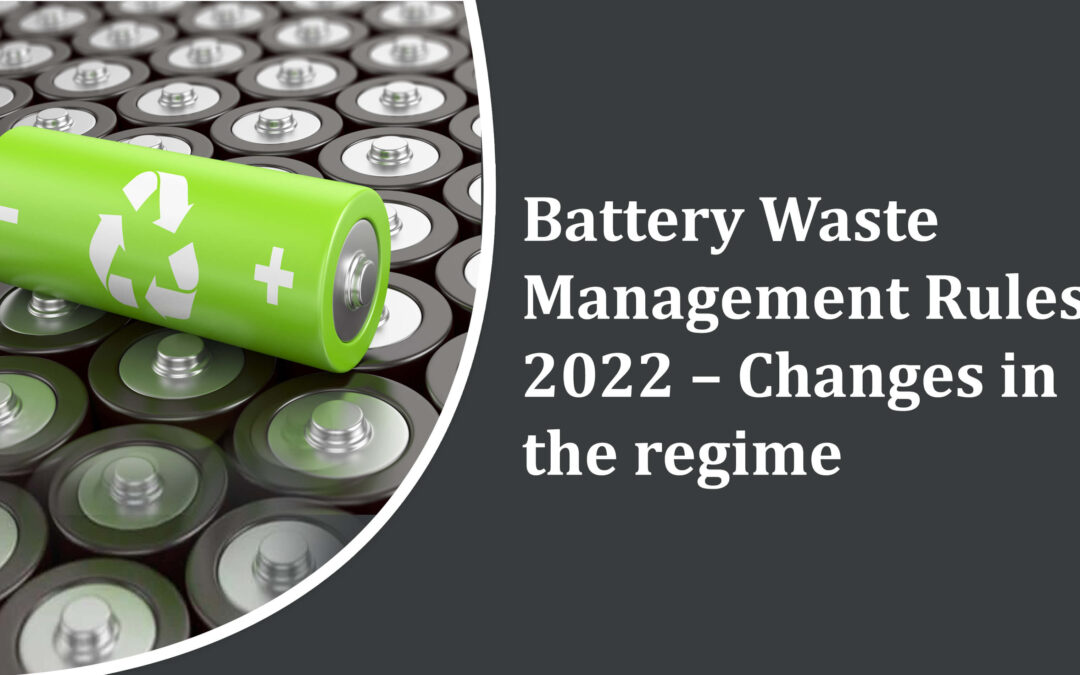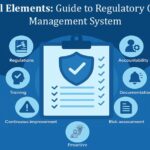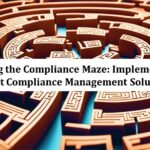To address the growing concerns around the potential waste that will be generated from the use of all newer types of batteries such as portable battery, automotive battery, industrial battery etc. and the growing impetus to manufacturing and adoption of Electric Vehicles, the Ministry of Environment, Forest and Climate Change (MoEF) has recently notified the Battery Waste Management Rules, 2022 (New Rules) to ensure sound management of battery waste. This is not the first time that a law to regulate battery waste has come into being in India. Prior to this, the Batteries (Management and Handling) Rules, 2001 (Old Rules) was in place which was limited to manage waste generated from lead acid batteries.
The initial Press Information Bureau (PIB) Release gives a fair idea about the object behind notifying the New Rules which essentially aims at:
-
promoting circular economy and reducing the dependency on new raw materials to in turn save natural resources.
-
generating employment by setting up of new industries and entrepreneurship in collection and recycling/refurbishment of waste batteries.
-
setting up a centralised online portal for ensuring effective implementation and compliance.
It is pertinent to note that businesses are required to make the following disclosures on Battery Waste in their Business Responsibility and Sustainability Report (BRSR):
-
Total Waste generated (in metric tonnes) in Current F.Y and Previous F.Y
-
Total waste recovered through recycling, re-using or other recovery operations (in metric tonnes)
-
Total waste disposed by nature of disposal method (in metric tonnes)
To know more about BRSR disclosures and its applicability please read our blog BRSR – Raises the Bar for ESG disclosures in India.
While the centralized online portal by the Central Pollution Control Board (CPCB) for obtaining registration, filing returns, and ensuring compliance with the New Rules is underway, let us look at some of the critical compliance obligations under the New Rules on the part of various stakeholders:
Compliances on the part of Producer
A Producer is defined to be an entity engaged in the manufacture and sale of Battery including refurbished Battery, including in equipment, under its own brand; or sale of Battery including refurbished Battery, including in equipment, under its own brand produced by other manufacturers or suppliers; or import of Battery as well as equipment containing Battery
Key Obligations:
-
Extended Producer Responsibility for Battery introduced in the market
-
Obtain Extended Producer Responsibility Registration with the CPCB
-
File Annual Return under EPR with CPCB
-
Submit EPR Plan to CPCB for the Battery manufactured in the preceding financial year
-
Adhere to prescribed specifications on heavy metal content in the Battery
-
Adhere to prescribed labelling specifications on Battery or Battery packs
-
Safely handle Battery or Waste Battery
-
Adhere to obligation w.r.t. minimum use of domestically recycled materials in new Battery
Further, in case of a new Producer of portable Battery used in consumer electronics/ except consumer electronics which are rechargeable, Automotive Battery, Industrial Battery, Electric Vehicles (EV) Battery introduced in the market post August 2022, the Extended Producer Responsibility targets shall be applicable for different types of Battery, based on the average life of the Battery as prescribed in Schedule II appended to the New Rules.
Compliances on the part of Consumer
As per the New Rules, Consumer means the end user of Battery.
Key Obligations:
-
Segregate Waste Battery from other waste streams especially from mixed waste, domestic waste streams; and
-
Dispose waste battery in an environment friendly manner by giving it to an entity engaged in collection or refurbishment or recycling;
Compliances on the part of Recycler and Refurbisher
Recyclers refers to the entities engaged in recycling of Waste Battery. Refurbisher refers to an entity engaged in repairing, re-conditioning, re-purposing of used Battery for its second life and they must comply with the following:
-
Indicate total quantity of Waste Battery processed on the website of the entities
-
Deal only with entities registered under the New Rules
-
Obtain Registration
-
Manage hazardous waste generated during handling, refurbishing and recycling activities in conformity with the Hazardous and Other Wastes (Management and Transboundary Movement) Rules
-
Manage solid waste generated during handling, refurbishing and recycling activities in conformity with the Solid Waste Management Rules
-
Provide certificate for Waste Battery processing which can be transacted for meeting the EPR obligations
-
Manage plastic waste generated during handling, refurbishing and recycling activities in conformity with the Plastic Waste Management Rules
-
Remove Waste Battery from collected appliance if Battery is incorporated in an equipment
-
File Quarterly Return
-
Indicate total quantity of Waste Battery processed on the centralised portal of CPCB
-
Follow CPCB standards / guidelines while carrying out refurbishment and recycling activities. This is to mention that these guidelines has not yet been rolled out by the CPCB.
-
Recyclers will additionally be required to meet specified Recovery Target Percentage for Battery and Battery materials
Compliances on the part of Entities involved in collection, segregation and treatment
-
Comply with standards / guidelines prescribed by CPCB while collecting/segregating/ treating Waste Battery
-
Hand over Waste Battery to registered refurbisher or recycler
The New Rules, for the first time, introduces the concept of Environmental Compensation. Based on the Polluter Pays Principle, the New Rules lays down provisions regarding levying of environmental compensation on various stakeholders of the industry in addition to the statutory penalty, in case they:
- carry out activities without registration as mandated under these rules.
- provide false information / wilfully conceal material facts which are to be disclosed as per the Rules.
- submit forged/manipulated documents as required under the Rules.
Further, the Environmental Compensation will also be levied on Producers by Central Pollution Control Board on non-fulfilment of their Extended Producer Responsibility targets, responsibilities and obligations as set out under these rules. However, for entities involved in refurbishment or recycling of Waste Battery as well as entities involved in collection, segregation and treatment, the Environmental Compensation will be levied by State Pollution Control Board in case of non-fulfilment of their obligations.
However, payment of Environmental Compensation does not absolve the Producer of Extended Producer Responsibility obligations as set out under these rules. The unfulfilled Extended Producer Responsibility obligation for a particular year will be carried forward to the next year for a period of three subsequent years and in case the shortfall of Extended Producer Responsibility obligation is addressed within the subsequent three years, the Environmental Compensation levied will be returned to the Producer in the manner given below:
-
Within one year of levying of Environmental Compensation: 75% return;
-
Within two years: 60% return;
-
Within three years: 40% return.
In case the unfulfilled EPR obligations are not met by producers within three subsequent years from the date on which the Environmental Compensation was levied, then the whole amount will be forfeited and such amount will be utilised by the Central Government or the State Government, as the case may be, for collection and refurbishing or recycling of uncollected and nonrecycled or non-refurbished Waste Battery against which the Environmental Compensation was previously imposed.
While the law is in its nascent stages, it will be worth seeing its impact and implementation in the years to come.
Written by: Sarnindita Chatterjee, Zunaid Akhtar
Co-Authored by: Antara Dasgupta
Disclaimer
All material included in this blog is for informational purposes only and does not purport to be or constitute legal or other advice. This blog should not be used as a substitute for specific legal advice. Professional legal advice should be obtained before taking or refraining from an action as a result of the contents of this blog. We exclude any liability (including without limitation that for negligence or for any damages of any kind) for the content of this blog. The views and opinions expressed in this blog are those of the author/(s) alone and do not necessarily reflect the official position of Lexplosion Solutions. We make no representations, warranties or undertakings about any of the information, content or materials provided in this blog (including, without limitation, any as to quality, accuracy, completeness or reliability). All the contents of this blog, including the design, text, graphics, their selection and arrangement are the intellectual property of Lexplosion Solutions Private Limited and/or its licensors.
ALL RIGHTS RESERVED, and all moral rights are asserted and reserved.





